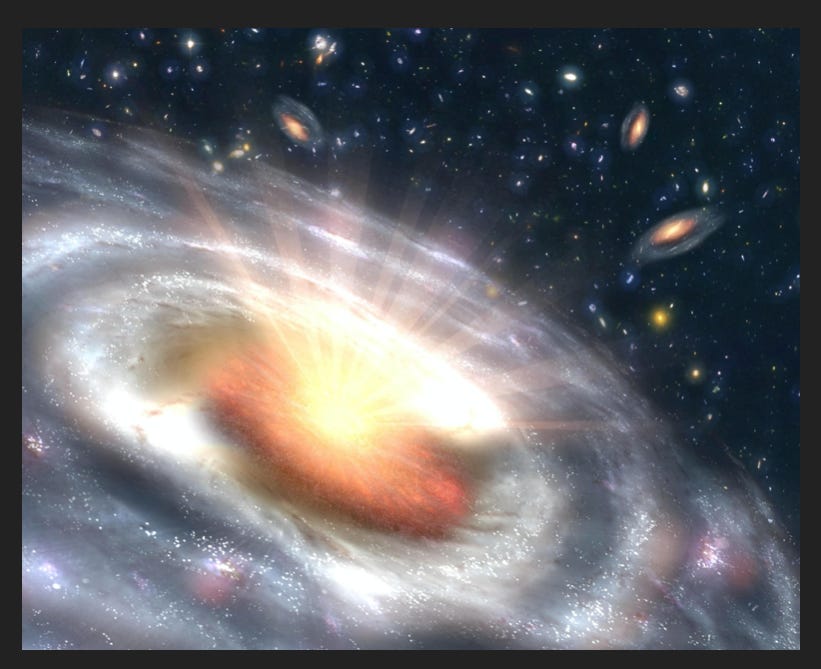The death of Stephen Hawking had me thinking about the history of that famous construct, black holes. According to Wikipedia it was proposed by natural philosopher, astronomer, and English cleric John Michell in 1784! One aspect of his insights smote the imagination: that of “sun-in-reverse, ” where gravitational fields were stronger that light’s impetus for escape:
“Michell's simplistic calculations assumed that such a body might have the same density as the Sun, and concluded that such a [sun-in-reverse] would form when a star's diameter exceeds the Sun's by a factor of 500.... Michell correctly noted that such supermassive but non-radiating bodies might be detectable through their gravitational effects on nearby visible bodies.”
So, the theoretical inventiveness of 1784 was seeing invisible stars “hiding in plain view.” I’m trying to think of a better word than the one used— “view.”
Later, the posited wavelike nature of light superseded Michell's theory. Still, black holes had passed its event horizon of the academic imagination (as it were) in 1784.
In Michell's life as scientist, scientific theorist, and cleric we see an example of Christian humanism, along its path of continuing divergence in intellectual pursuits. Initially these paths were one. For humanism began in Christian belief and slowly diverged. John Michell was put aside by his colleagues, and his Cambridge scientific successors, beneficiaries of his theories and learning. These scientists deprived Michell's efforts of rightful recognition.
My own imagination’s first encounter with black holes happened in the kitchen of our rented mobile home in rural Pennsylvania in 1980 or '81. Upon hearing of Hawking’s theories, immediately I thought creatively of putting Hitler into a black hole. I got a ride to the distant town library and started my research with books on the atom, atomic structure and history, etc... and blushed when an onlooker, seeing the book propped on the table in my hands commented, “I’ve never seen a woman interested in this stuff before.” He may have known that some women might be so interested—but he had not seen the evidence. However, I may have set him straight by saying my understanding was limited and that a child’s book would've helped me better understand.
For I’m one of those pseudo intellectuals (formerly so-called—?) who love the same things intellectuals like, but without much capacity. I tackle my interests imaginatively. There’s nothing smart about it. Maybe craft and cunning, but not academic smarts.
So Hitler went into the black hole.
Hitler unraveling in the black hole
Then science-fiction marketing troubles began. Two editors didn’t like the story—not tepidly but with full on outrage. One English department chair (himself taught by Jesuits) questioned its flippancy. (He did call the prose “muscular.”) We stopped talking for a while after that. Spouse R. was hot and cold. At one point he suggested I get rid of it. I did, almost. I've burnt my work before, watching charred leaves of manuscript float out the upstairs window one wet spring. From that book came fragments of previous drafts on the backs —used paper recycled as I took notes for Maine Metaphor (creative nonfiction). I had burned the MSS on learning of Rushdie's persecution—pre-digitation. Salman Rushdie was provoking, was he not?
After holding on to “Hitler in a Black Hole” for a few decades I checked the science again and was surprised it held up. I needed SF for my Fantastic Travelogue: Mark Twain and C.S. Lewis Talk Things over in The Hereafter, and so incorporated Hitler’s story with that of Lewis and Twain, hoping popular sentiment might have turned welcoming for such lampooning satire. Thirty-five years after my first submission, sentiment, and/or popular cynicism, may be in accord with my congenital flippancy.... But... maybe not.
© February 2024 by S. Dorman



